DASH TO JERASH

Leaving our hotel early in the morning, we drove to UMM QAIS in the same cab we'd hired the previous day to go to the Dead Sea, Madaba and Mount Nebo. By now our driver Mohammed had become a 'known devil', and we didn’t feel inclined to check out other characters. The decision turned out to be both good and bad. Good because we were really comfortable and safe, bad because he over-charged us in the end.
The drive from Amman took about two hours. Sadly, Umm Qais had no tourists, or perhaps we were the first to arrive. A young man offered to come along as a guide and we accepted his 10 JOD quote. Our cabbie came along too. It was a pleasurable morning walk, for the ruins were well-maintained and spectacular.

Umm Qais on the north-western border of Jordan is an ancient city on a hilltop, 1240 feet above sea level and 110 km from Amman. It overlooks the Yarmouk River, a tributary of the Jordan River, Syria, the Golan Heights and Lake Tiberias (better known as Sea of Galilee, where Jesus Christ is said to have walked on water). On clear days they say Mount Hermon on the border between Syria and Lebanon is visible too.
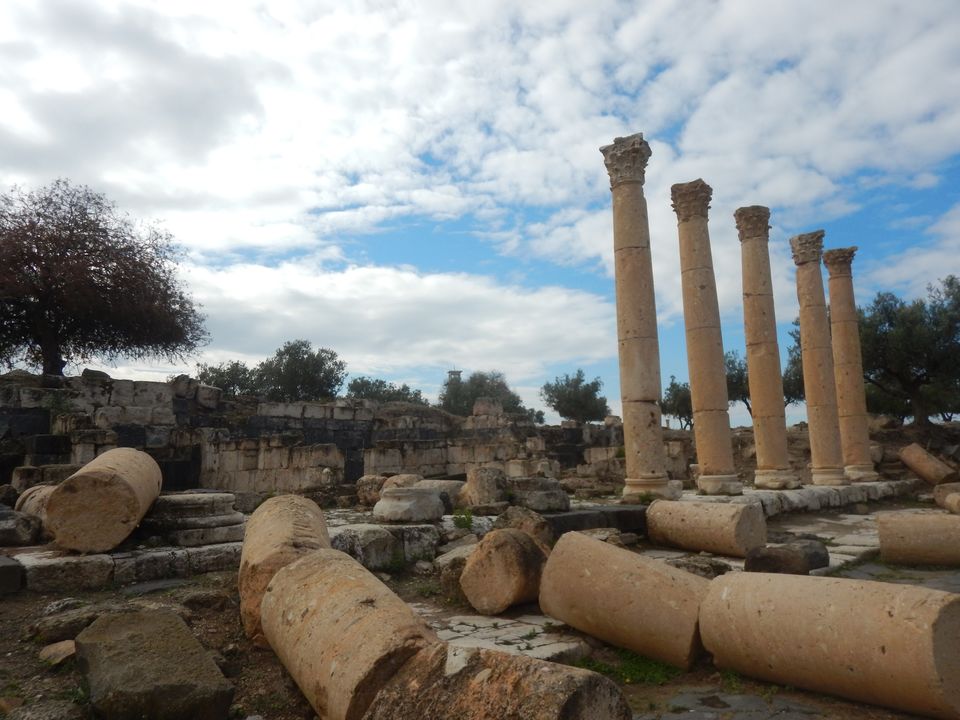
Umm Qais is believed to be the site of the Greco- Roman city of Gadara, a major centre of Hellenistic culture that was laid waste by the Romans in AD 66. Later it was a key location in Christendom. The Islamic conquest happened in 636. An earthquake devastated Gadara in 747. Today visitors can see the colonnaded streets, theatres, baths, water conservation systems, and remnants of a temple and basilica. The paved streets still bear the ruts made by chariot wheels. Our tour guide pointed these out.
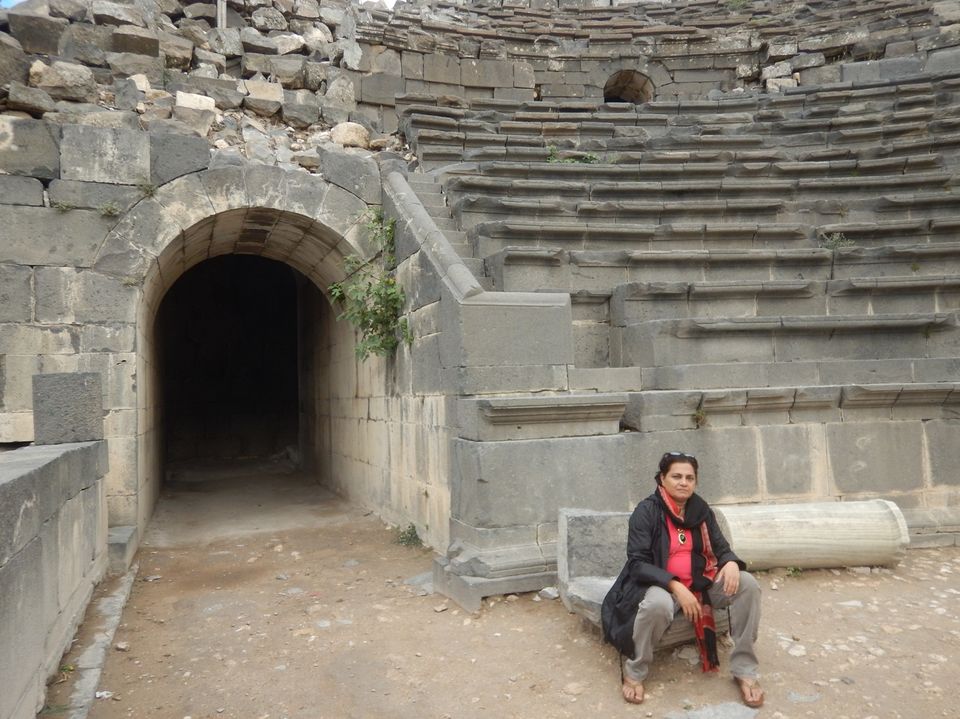
The city walls cover a 3 km stretch. Recently archaeologists have discovered the ruins of a temple of Poseidon built in the 3rd century B.C. by the Greeks. They also found Hellenistic pottery and a network of water tunnels.
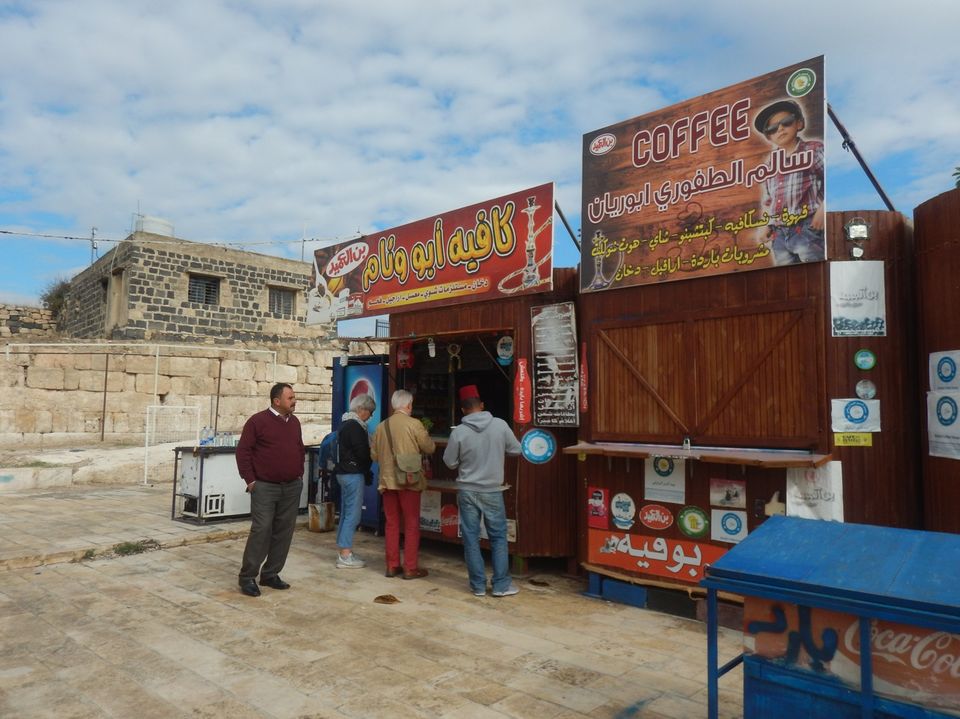
Our next destination was AJLOUN CASTLE. The Islamic fortress, built to protect against the Crusader attacks, fell out of use in the 13th century and was occupied by the ruler of Aleppo and later the Ottomans. Located on a mountaintop it has multiple passages and levels, and amazing views of the surrounding areas. Damaged by earthquakes in 1837 and 1927 it has been reasonably well preserved and the lighting is perfect. Unused cannon balls present an interesting sight.
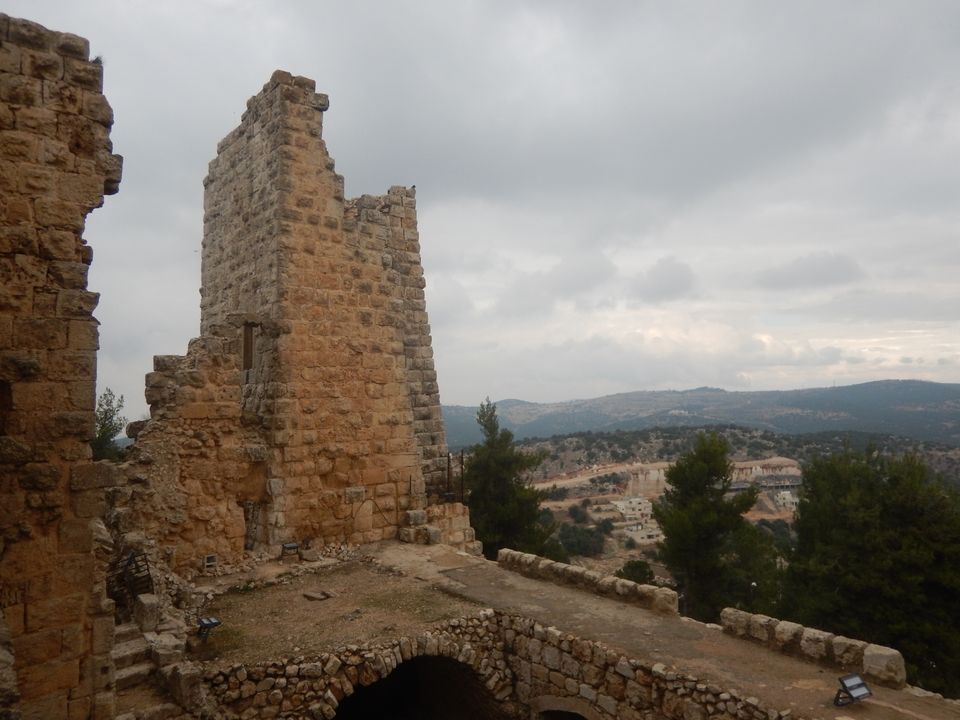
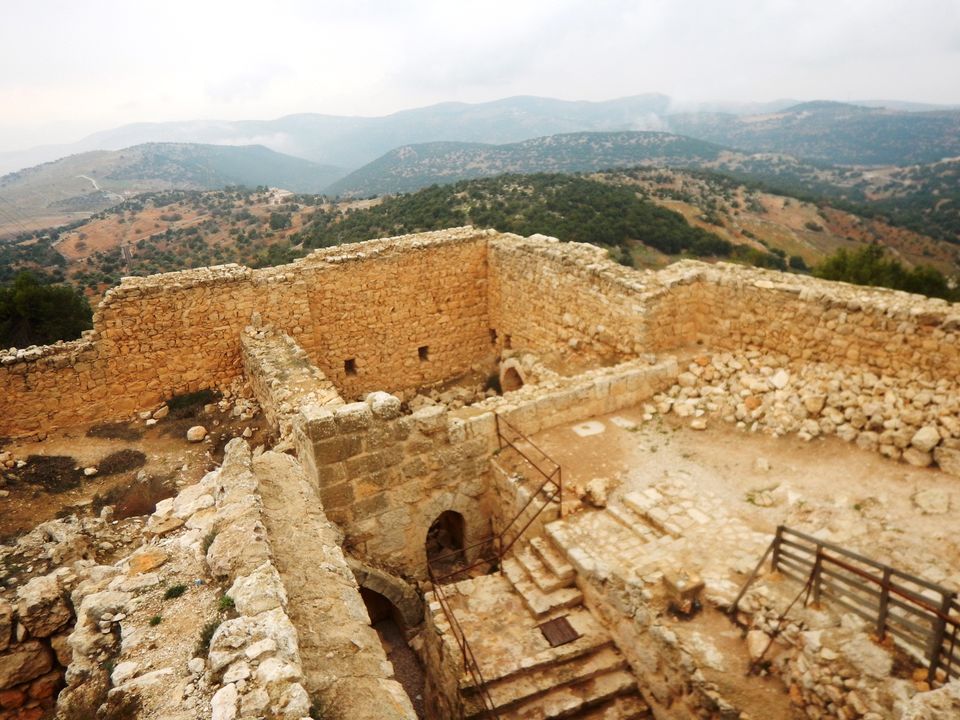
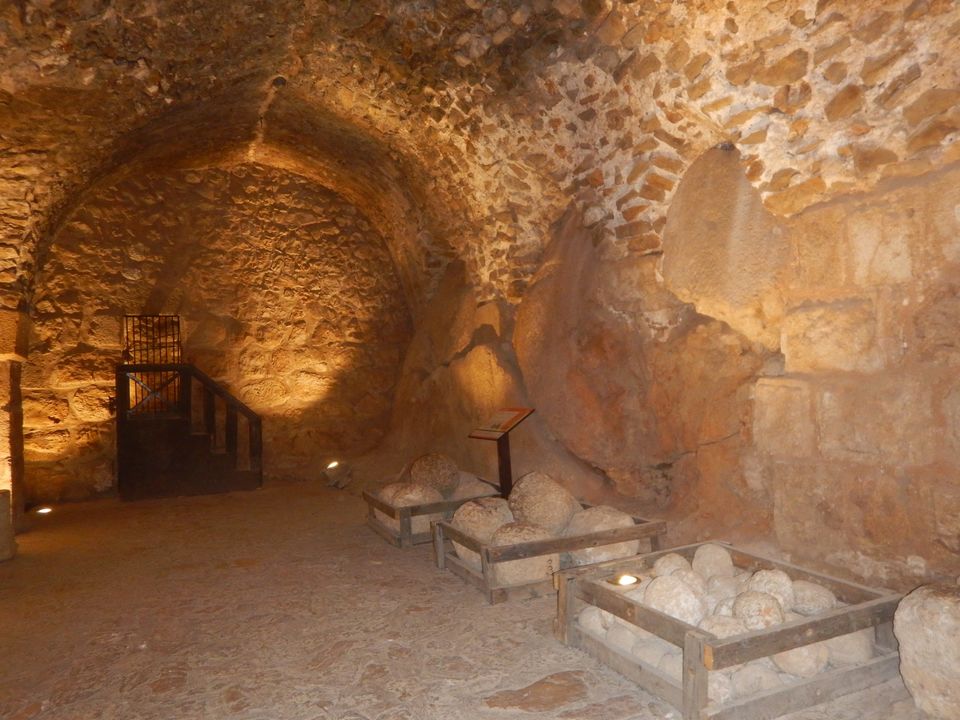
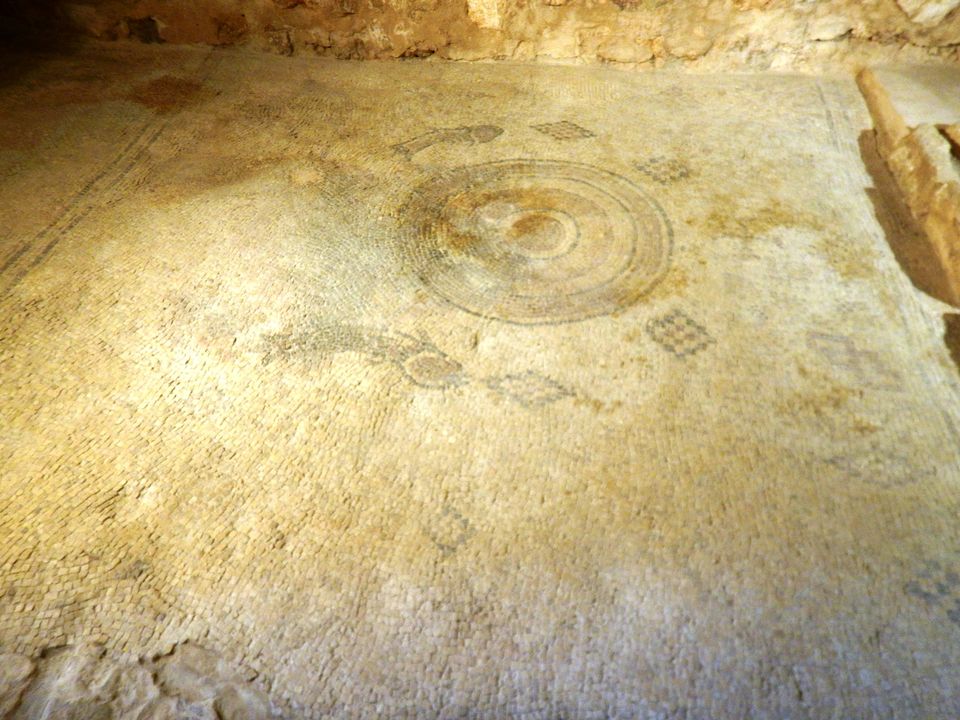
En route to Ajloun we were fortunate to stumble across a family harvesting olives. They were incredibly friendly and posed for photos with us. We also came across an olive oil press with modern machines from Alfa Laval. Thanks to the intervention of our Arab driver we obtained permission to watch the entire process and taste the final product, which was extra-pure and slightly bitter. The oil was packed in large-sized tins, presumably for export. The language barrier prevented us from asking too many questions.



The highlight of the day was JERASH, another ancient Greco-Roman city, once known as Gerasa. It’s an hour’s drive from Amman to the north and presents the largest Roman ruins outside of Italy. The site is a masterpiece of Roman architecture and the ruins are so magnificent that one can only imagine the grandeur of the city in its heyday. In a sense Jerash is actually Rome in miniature.
The Arch of Hadrian is an imposing structure built in honour of the Roman Emperor Hadrain who visited Gerasa around AD 129-130. Elsewhere in the world there are three more Arches of Hadrian - one in Athens, Greece and one each at Ephesus and Antalya in Turkey.
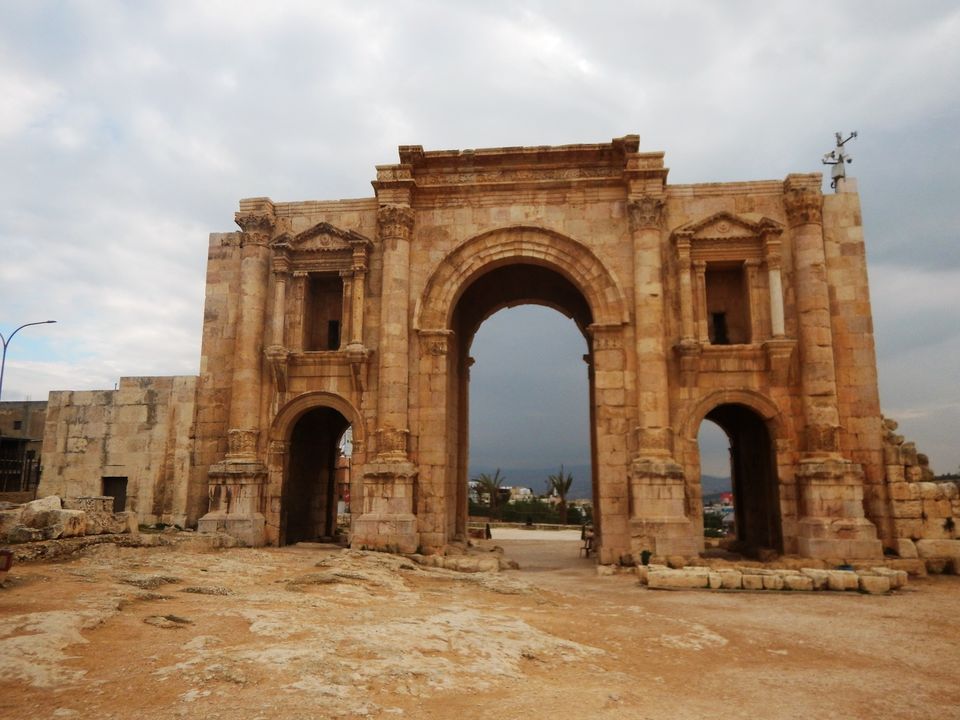
The uniquely shaped Oval Plaza dates back to 110 AD and connects the Cardo Maximus (main street) with the temple of Zeus. The paving of the road might have been done as late as the fourth century. The 500 imposing columns that lined the 800 metre long Cardo Maximus have been partially reassembled and provide a grand spectacle and a great photo opp.

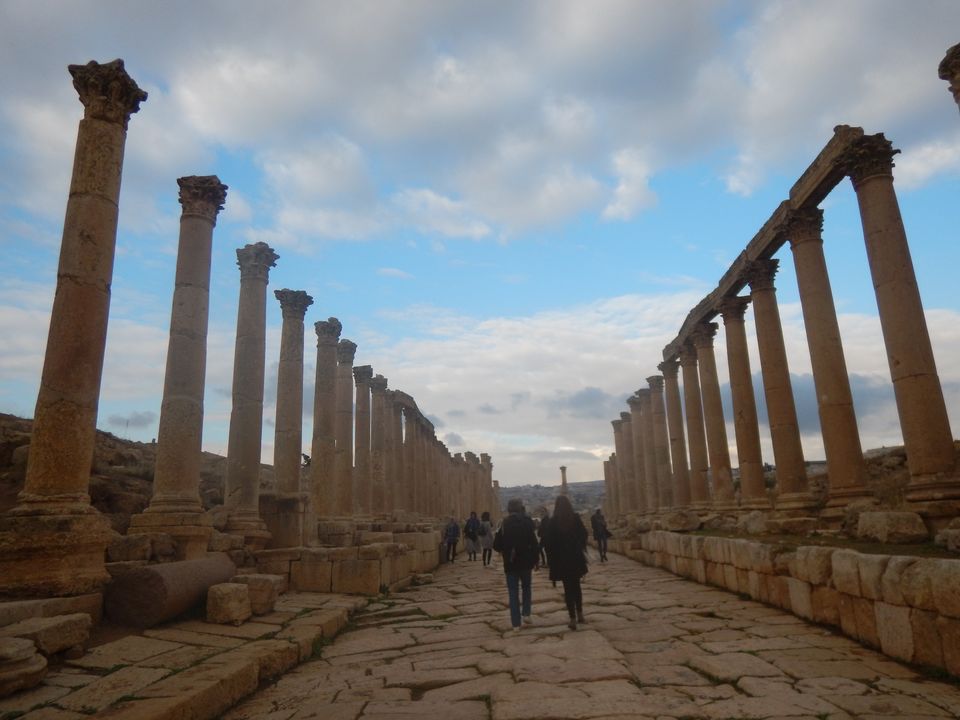
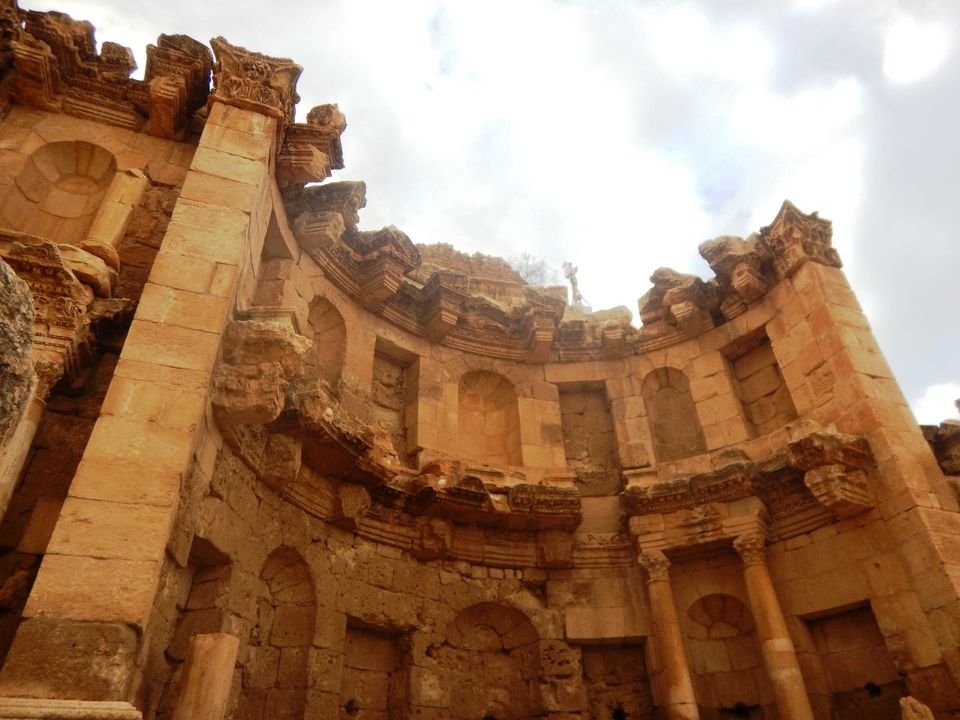
Human beings have lived in this region from prehistoric times. The Romans occupied Gerasa in AD 63 and turned it into a bustling trading centre. In AD 749 an earthquake ravaged the city.
The Hadrian’s Arch, the hippodrome, the Oval Plaza or Forum, the Cardo Maximus, the theatres, the ruined temples of Zeus and Artemis (Diana), and the Nymphaeum, are rare spectacles to behold. Even the laziest of persons will not mind the 3 km walk. (I should know.)
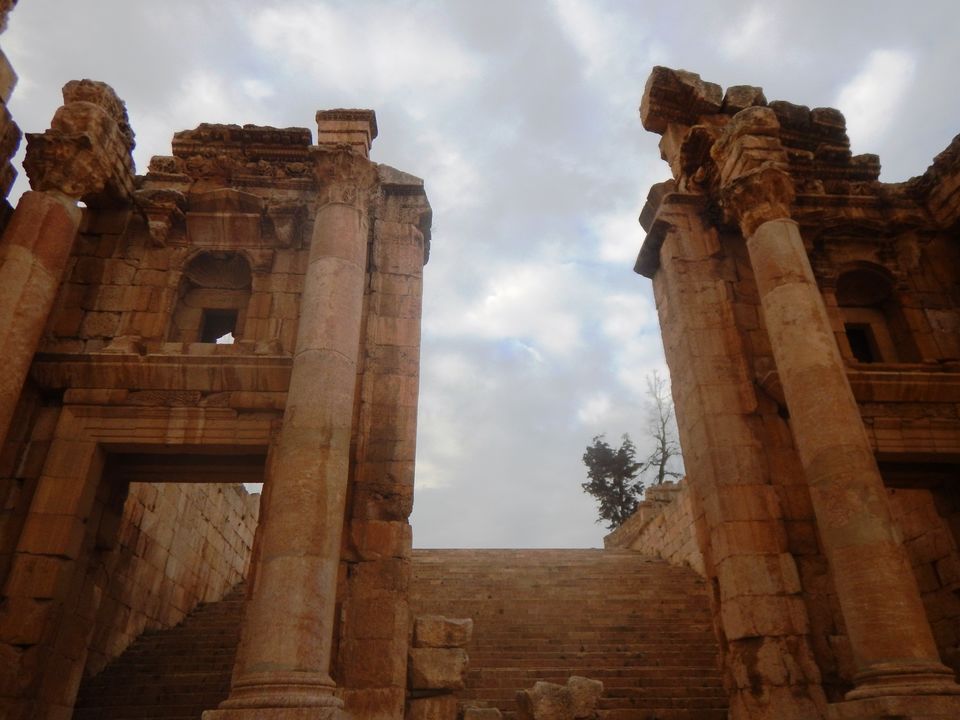

On the whole the tour took us 10 hours but it was time well spent. In fact I really wished we’d had more time to explore Jerash in detail.
Lunch was a bite along the way. We had dinner at the Lebanese restaurant in our hotel and topped off the traditional dishes with Umm Ali, the Arabic equivalent of bread pudding. I simply loved it!

